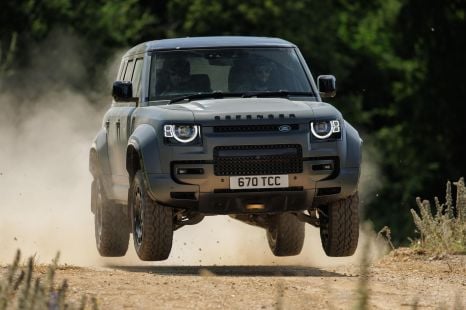

Alborz Fallah
15 Days Ago

News Editor
The 2021 Honda HR-V will follow its Civic sibling in getting a crisper, more conservative look.
Set to be revealed on February 18, patent images shared by Facebook user Vanhoe Rage appear to reveal the production version of the next-generation Honda HR-V, or Vezel as it’s known in markets like China and Japan.
The grille is no longer bisected by a thick bar hosting the Honda logo and instead has a shield shape to it with a 3D-style insert.
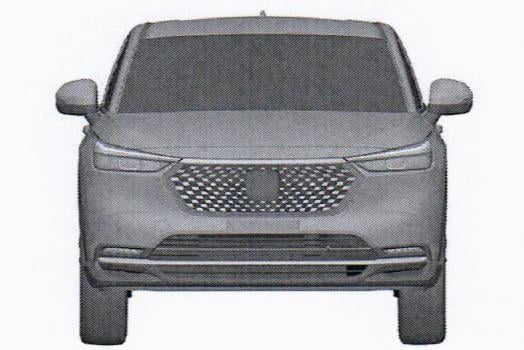
There also appears to be a horizontal chrome bar across the lower fascia, with more conservative fog light cutouts.
Along the sides, the sweeping, curved crease of the current car is gone, replaced by a neat, horizontal crease that sits just below the sill line and connects the tail lights to the headlights.
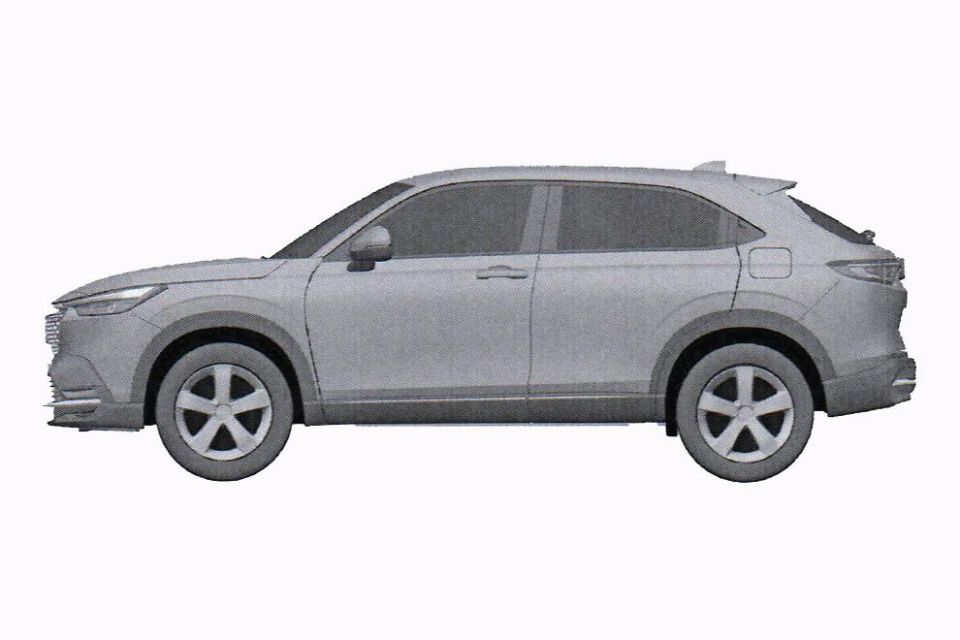
Notably, the C-pillar rear door handles look much the same as the current car.
Down back, there’s still a sloping rear window but the tail lights have shrunk, though a light bar now extends across the tailgate to the logo.
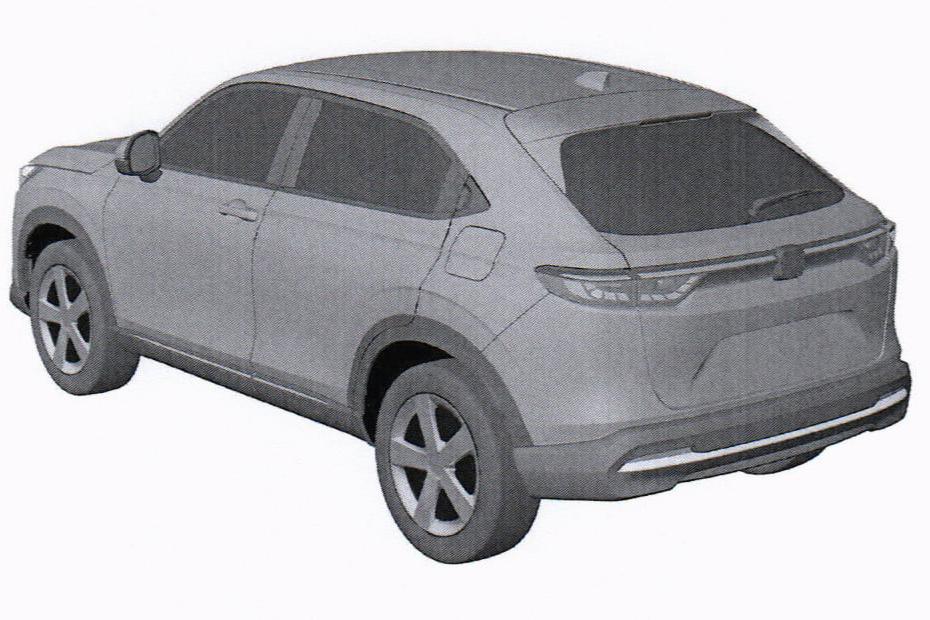
In Europe the new HR-V — as with all new Hondas launched there — will be sold solely with electrified drivetrains, in this case a hybrid.
Honda has yet to reveal which hybrid drivetrain it will use in the HR-V, but the most likely candidates are the 80kW/253Nm 1.5-litre system from the new Jazz, or the 158kW/315Nm 2.0-litre setup from the CR-V and Accord.
While the current HR-V is one of the most global Honda models, being offered in markets like Europe, Australia, North America, China and Japan, there’ll be a second, distinct HR-V for North America.

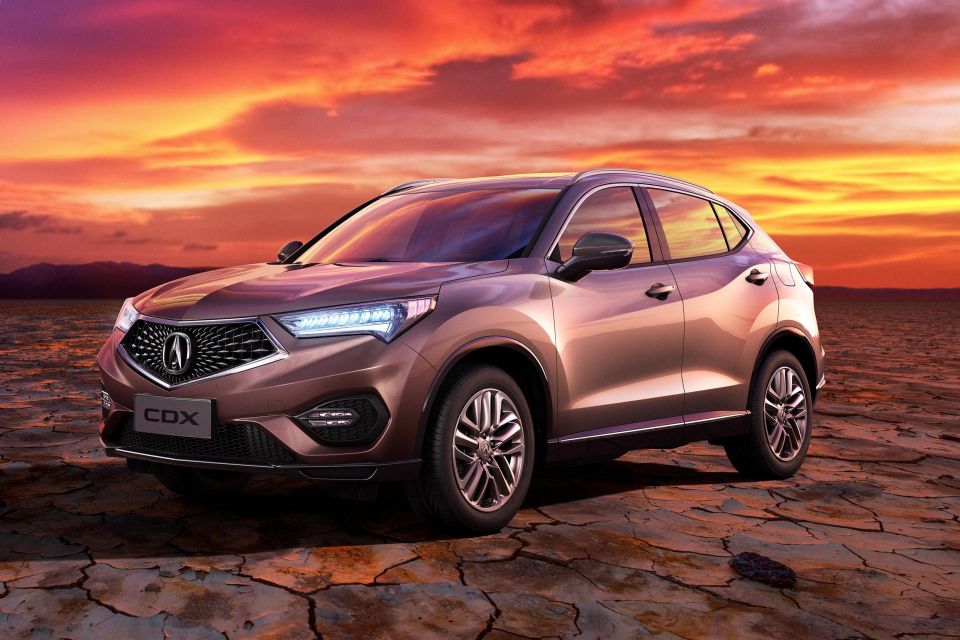
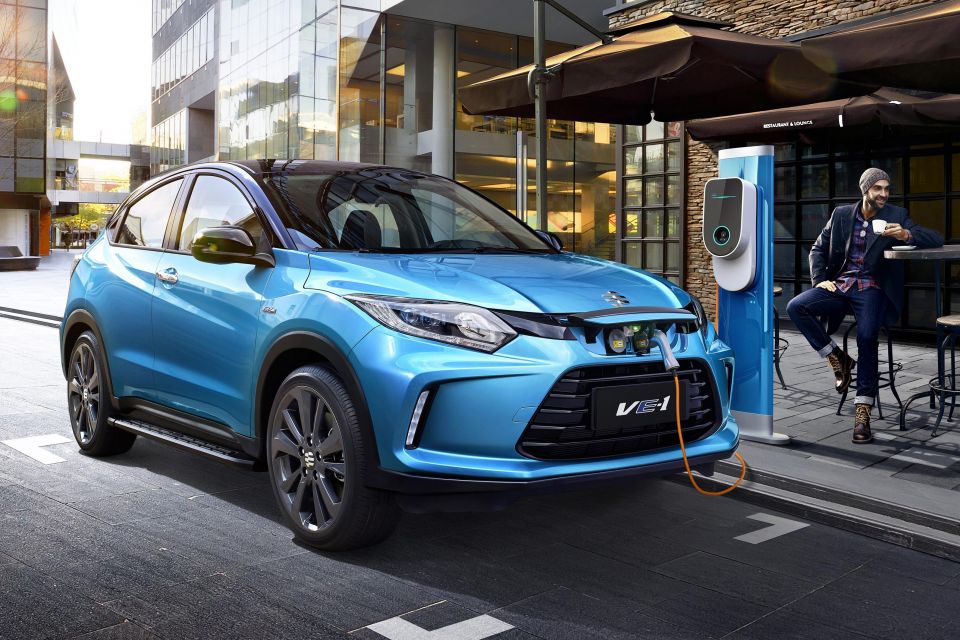

Honda currently offers two different versions of the HR-V in China – the Vezel (HR-V) and XR-V – for its two different joint-venture partners.
Notably, the current XR-V has a similar tail light design to the car revealed in the patent images.
Battery-electric versions of the HR-V are sold there as the Everus VE-1 and Ciimo XN-V, while the premium Acura brand sells a restyled version called the CDX.
The Australian-market HR-V is currently sourced from Thailand, along with the Jazz, CR-V, Accord and Civic ranges, excluding the Type R.
Introduced in 2015, it’s proved more successful than the quirky first-generation HR-V sold here from 1999 to 2001.
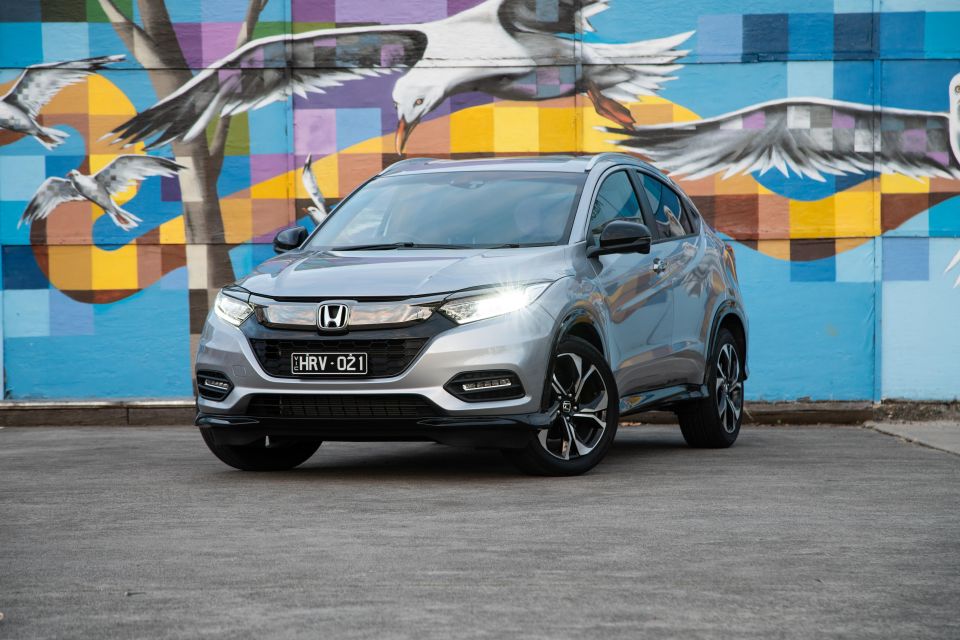
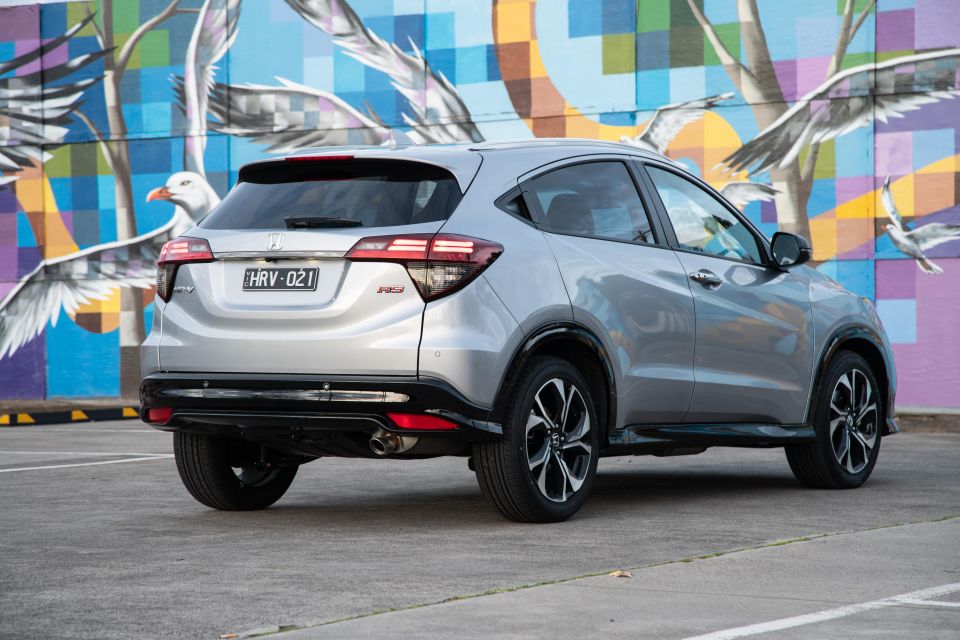
Offered only with a naturally-aspirated 1.8-litre four-cylinder engine, the HR-V was the fifth best-selling vehicle in the hotly competitive Small SUV segment last year.
It’s been a consistent seller for Honda, too, with the company selling around 11-12,000 examples most years except for last year, where it and most rivals saw double-digit declines.
CarExpert does the hard work to get you the best price. No negotiating, no hidden costs, just expert help and real savings on your next new car.
William Stopford is an automotive journalist based in Brisbane, Australia. William is a Business/Journalism graduate from the Queensland University of Technology who loves to travel, briefly lived in the US, and has a particular interest in the American car industry.


Alborz Fallah
15 Days Ago
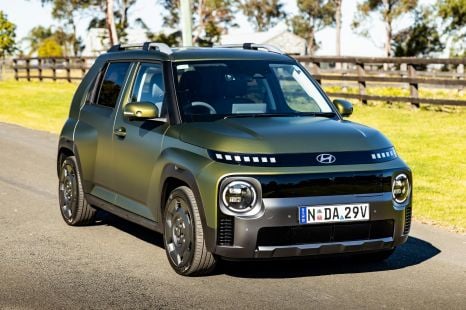

Matt Campbell
14 Days Ago
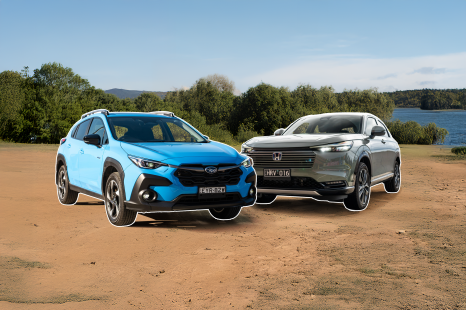

Andrew Maclean
13 Days Ago
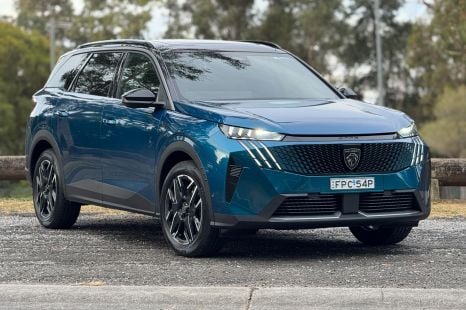

Matt Campbell
10 Days Ago


Andrew Maclean
6 Days Ago


Josh Nevett
3 Days Ago
Suggested Comparisons